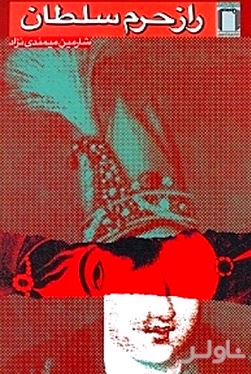|
نویسنده :
شارمین میمندینژاد
ناشر :
نامیرا
۴/۸ از ۵
|


